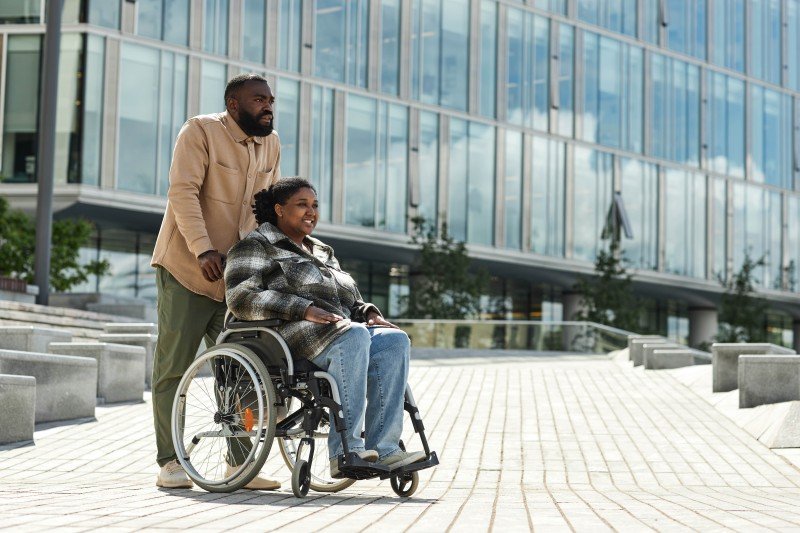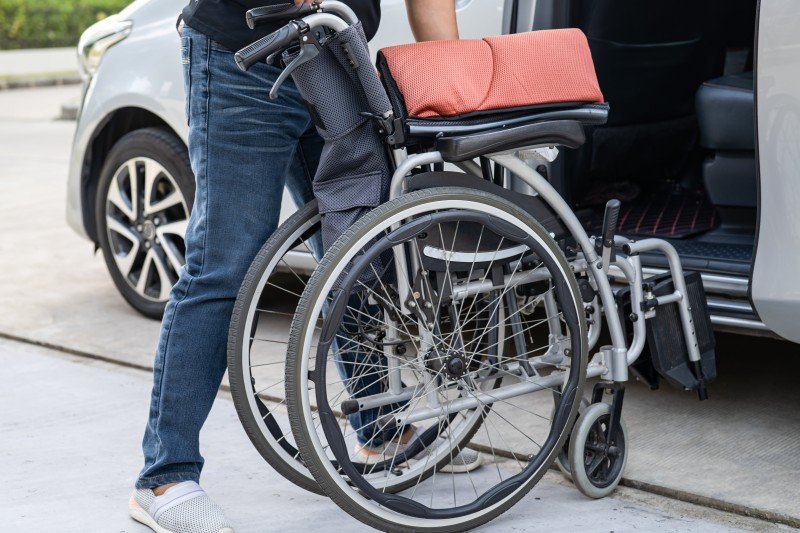20 Questions You Need To Ask About Mobility Scooters Before You Buy Mo…
페이지 정보
작성자 Ira Dresdner 작성일25-07-12 07:24 조회18회 댓글0건본문

Navigating the World of Mobility Scooters: A Comprehensive Guide
In an era where mobility is progressively acknowledged as an essential element of lifestyle, the need for assistive devices has actually risen. Among these, buy mobility scooters (osclass-classifieds.a2hosted.com) scooters stand apart as a versatile and empowering alternative for individuals with mobility difficulties. This detailed guide dives into the world of mobility scooters, using insights into their types, advantages, purchasing considerations, and upkeep ideas.
Understanding Mobility Scooters
Mobility scooters are motorized vehicles developed to assist people with mobility concerns in moving around more freely and independently. They are especially advantageous for those who find strolling tough due to conditions such as arthritis, multiple sclerosis, or post-surgical recovery. Unlike manual wheelchairs, mobility scooters require very little physical effort, making them an exceptional choice for extended use.
Types of Mobility Scooters
Three-Wheel Scooters
- Pros: More maneuverable, lighter, and simpler to keep.
- Cons: Less stable on rough terrain.
- Best For: Indoor and smooth outside surface areas.
Four-Wheel Scooters
- Pros: More steady, better on rough terrain, and can bring heavier loads.
- Cons: Bulkier and less maneuverable.
- Best For: Outdoor use, particularly in parks and on irregular surface areas.
Portable Scooters
- Pros: Lightweight, foldable, and simple to transport.
- Cons: Limited variety and speed.
- Best For: Travel and occasional usage.
Sturdy Scooters
- Pros: Built to deal with much heavier users and rugged environments.
- Cons: More expensive and less portable.
- Best For: Users over 300 pounds or those who require to navigate rough terrain.
Standing Scooters
- Pros: Provide a standing position, which can be advantageous for users who can not sit for extended periods.
- Cons: Limited stability and range.
- Best For: Users who prefer standing and need short-distance help.
Advantages of Mobility Scooters
Boosted Independence
- Mobility scooters permit users to take a trip longer distances without fatigue, enabling them to participate more completely in daily activities and gatherings.
Improved Safety
- With functions like safety belt, anti-tip wheels, and brake systems, mobility scooters use a much safer option to manual wheelchairs and strolling help.
Comfort and Support
- Adjustable seats, back-rests, and armrests ensure a comfortable ride, minimizing the stress on the user's body.
Economical
- While the initial investment can be considerable, mobility scooters are frequently more cost-efficient in the long run compared to frequent taxi rides or specialized transport services.
Social Inclusion
- Mobility scooters help with higher social interaction by enabling users to take part in neighborhood activities and preserve a more active way of life.
Aspects to Consider When Buying a Mobility Scooter
User Needs and Abilities
- Evaluate the user's physical condition, mobility requirements, and daily activities to figure out the most suitable type of scooter.
Size and Weight Capacity
- Make sure the scooter can accommodate the user's size and weight comfortably and securely.
Range and Speed
- Think about the typical range and speed needed for everyday usage. Some scooters have a variety of up to 30 miles on a single charge.
Portability

- If travel is a concern, select a portable scooter that can be quickly taken apart and carried.
Upkeep and Support
- Select a trustworthy manufacturer that offers dependable consumer service and maintenance support.
Budget
- Set a budget plan and check out choices that offer the best value for money. Consider funding choices and possible insurance coverage.
Maintenance Tips for Mobility Scooters
Routine Cleaning
- Clean the scooter regularly to avoid dirt and debris from impacting its efficiency. Use a soft fabric and moderate detergent.
Battery Maintenance
- Follow the manufacturer's standards for battery charging and upkeep. Regularly examine the battery level and avoid deep discharges.
Tire Inspection
- Check the tires for wear and proper inflation. Change or fix as needed to ensure a smooth and safe ride.
Lubrication
- Lube moving parts such as the chain and equipments to lower friction and prevent wear.
Professional Servicing
- Arrange regular expert maintenance to resolve any problems and make sure the scooter remains in ideal condition.
Frequently Asked Questions About Mobility Scooters
Are mobility scooters covered by insurance?
- Some insurance coverage plans, including Medicare, may cover the cost of mobility scooters under certain conditions. Check with your service provider for specific details.
Can I utilize a mobility scooter indoors?
- Yes, lots of mobility scooters are created for both indoor and outdoor usage. Make sure the scooter is suitable for the type of surface areas you will be navigating.
How fast can mobility scooters go?
- The speed differs by model, but the majority of mobility scooters have a maximum speed of 4 to 8 miles per hour.
Do I need a license to operate a mobility scooter?
- In most countries, a license is not needed to operate a mobility scooter. Nevertheless, it is essential to follow local policies and traffic laws.
Can I travel with a mobility scooter?
- Many mobility scooters are created to be portable and can be dismantled for travel. Contact airline companies and transport service providers for specific requirements.
Mobility scooters are a transformative tool for people with mobility obstacles, providing a blend of independence, safety, and comfort. By comprehending the different kinds of scooters, considering key getting factors, and following upkeep best practices, users can take advantage of their mobility scooter and lead a more active and satisfying life. Whether for daily commutes or leisurely getaways, a well-chosen mobility scooter can be an important companion on the journey to improved mobility and lifestyle.
댓글목록
등록된 댓글이 없습니다.




















